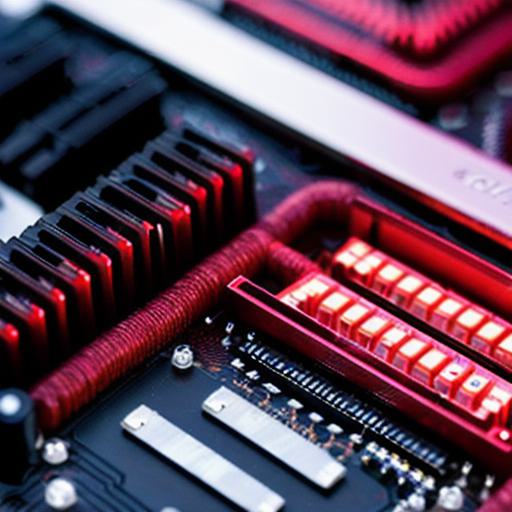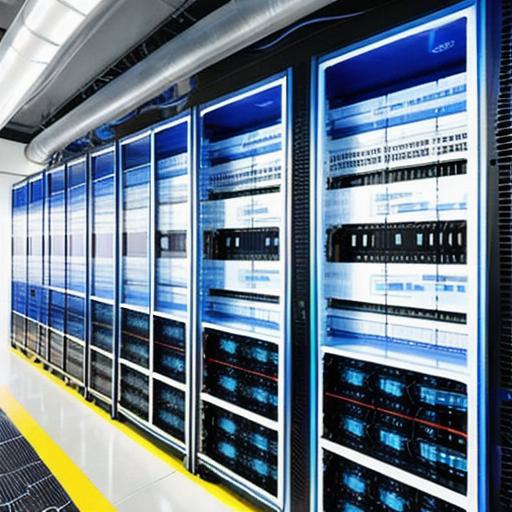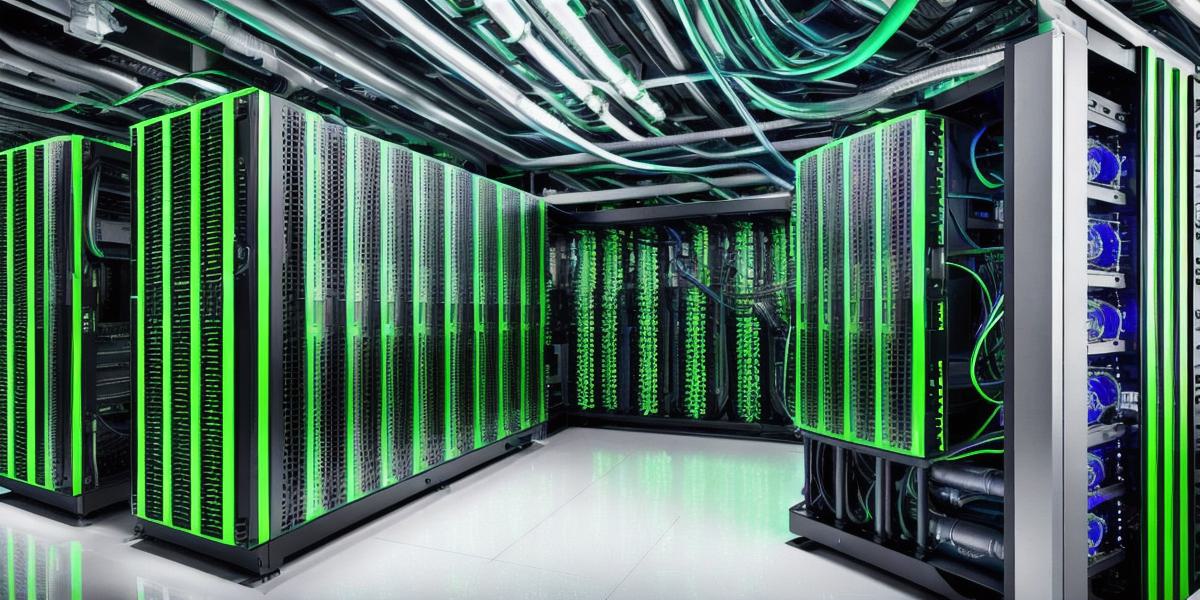Introduction
In today’s digital age, data centers are at the heart of our interconnected world, processing and storing vast amounts of information daily. With the increasing demand for high-performance computing, data center cooling solutions have become a critical concern. Traditional air cooling systems face limitations in efficiently managing heat dissipation from densely packed server racks. Enter liquid cooling: an innovative approach that offers significant benefits for modern data centers.
What is Data Center Liquid Cooling?
Data center liquid cooling is a cooling technology where the servers are partially or fully submerged in a non-conductive, dielectric fluid. This fluid acts as a thermal transfer medium, absorbing and distributing heat away from the servers, allowing for more efficient cooling and increased power density. Liquid cooling systems can be categorized into three types: Direct-to-chip, Immersion, and Two-phase.
* **Direct-to-chip:**
Coolant is pumped directly to individual components, such as CPUs or GPUs, for cooling. This method has the highest cooling capacity but requires more complex implementation.
* **Immersion:**
The entire server is submerged in a liquid bath, with coolant flowing around the servers to absorb and dissipate heat. Immersion cooling is highly efficient but can be challenging to implement due to safety concerns.
* **Two-phase:**
Cooling occurs through a two-phase liquid cycle involving evaporation and condensation. This method combines some benefits of both direct-to-chip and immersion cooling, providing good cooling capacity while being more cost-effective than full immersion.

**Benefits of Data Center Liquid Cooling**
Liquid cooling provides numerous advantages that make it an attractive alternative to traditional air cooling:

1. **Efficient Heat Management:** Liquid cooling allows for more efficient heat management due to its higher thermal conductivity, enabling data centers to achieve greater power densities and process more data in less space.
2. **Reduced Energy Consumption:** By using the latent heat of vaporization in a two-phase system, energy consumption can be minimized as the coolant only needs to be circulated at body temperature, not chilled to sub-zero degrees Celsius as with traditional air cooling.
3. **Space Savings:** Liquid cooling enables data centers to pack servers more closely together without worrying about the thermal interference between them, reducing the overall footprint of the facility.
4. **Environmentally Sustainable:** Liquid cooling offers a greener alternative to air cooling as it does not require compressors or other energy-intensive components commonly found in traditional HVAC systems. Additionally, the use of non-toxic and biodegradable fluids makes liquid cooling more environmentally friendly.
5. **Improved System Reliability:** Liquid cooling provides a stable operating environment for servers as it regulates temperature more effectively than air cooling, resulting in improved system reliability and increased uptime.
**Conclusion: A Submerged Future for Data Centers**
As technology continues to advance at an unprecedented pace, the need for high-density, energy-efficient data centers has become a critical concern. Liquid cooling provides a compelling solution to these challenges by offering efficient heat management, reduced energy consumption, and space savings while being more environmentally sustainable and improving system reliability. As data center operators seek to maximize their performance and minimize their environmental footprint, liquid cooling will undoubtedly take on an increasingly important role in the future of digital infrastructure.
